Common foot complaints
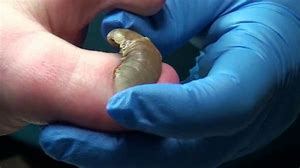
Athlete’s foot is a fungal infection — also called tinea pedis. It is contagious via
direct contact, wet floors and shared footwear. Athlete’s foot causes the skin
between the toes to become inflamed, itchy and have a spongy or scaly
appearance. Tinea can also spread to infect the sole of the foot and the nails.
Plantar warts (verrucae) are flat warts in the sole of the foot. They are forced under the skin and may occur in clusters. The surface is greyish and crumbly, and they may contain small black points that are swollen blood vessels. Plantar warts are also contagious via wet floors. Like other warts, they will disappear on their own, but this may take up to 2 years. 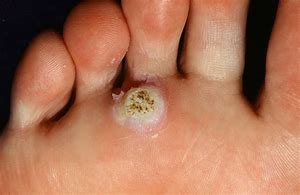
Callus are areas of hard skin that build up on
parts of the foot that are subject to friction.
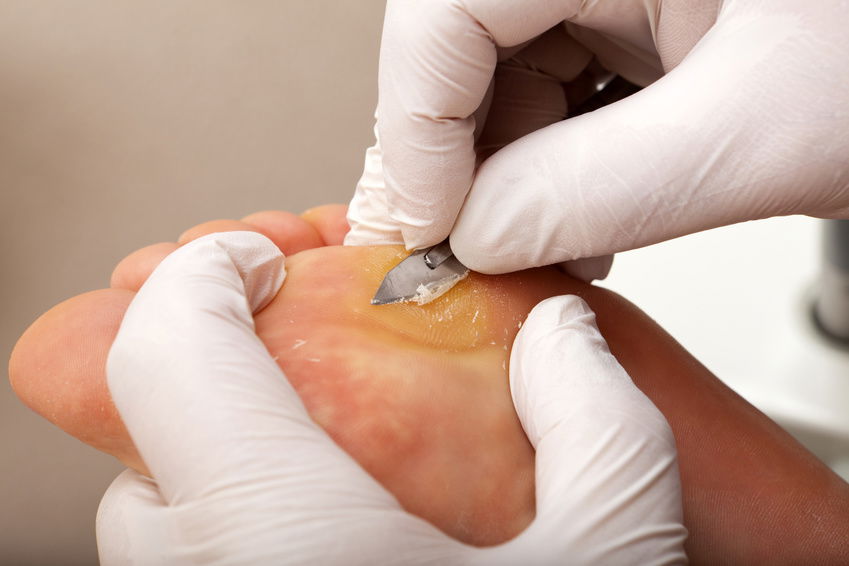 Corns are areas of hard skin that build up on
parts of the foot that are subject to friction
Corns are areas of hard skin that build up on
parts of the foot that are subject to friction
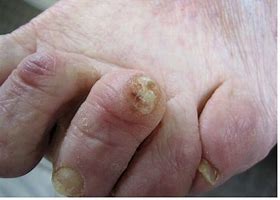 Chilblains are red or purple
discoloration and swelling of the skin, accompanied by a burning sensation,
caused by repeated exposure to cold air.
Chilblains are red or purple
discoloration and swelling of the skin, accompanied by a burning sensation,
caused by repeated exposure to cold air.
Blisters. These are small blebs of fluid formed in reaction to rubbing, friction and pressure on the skin of the feet. Blisters may become infected.
Smelly feet are usually caused by excessive perspiration and an over-growth of fungi and/or bacteria.
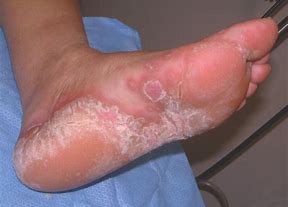 Infected toenails are commonly the result of a fungal infection, a condition known as onychomycosis. Toenails affected by onychomycosis are often brittle, discoloured or yellow.
Infected toenails are commonly the result of a fungal infection, a condition known as onychomycosis. Toenails affected by onychomycosis are often brittle, discoloured or yellow.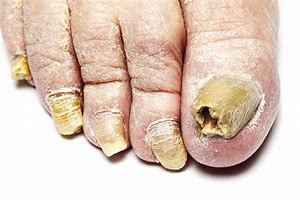 Ingrown
toenail. This happens when the corner or edge of a toenail grows into the flesh of the toe. Ingrown toenails often happen to the big toe.
Ingrown
toenail. This happens when the corner or edge of a toenail grows into the flesh of the toe. Ingrown toenails often happen to the big toe.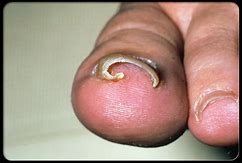
Cracked heels. Cracked heels are due to dry skin and may be accompanied by a callus on the heel. If the cracks become deep they will be painful on standing and may bleed.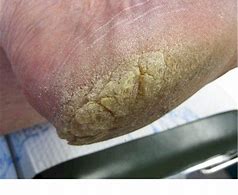 Foot pain can occur for many reasons like plantar fasciitis you might need a referral
Foot pain can occur for many reasons like plantar fasciitis you might need a referral
.


